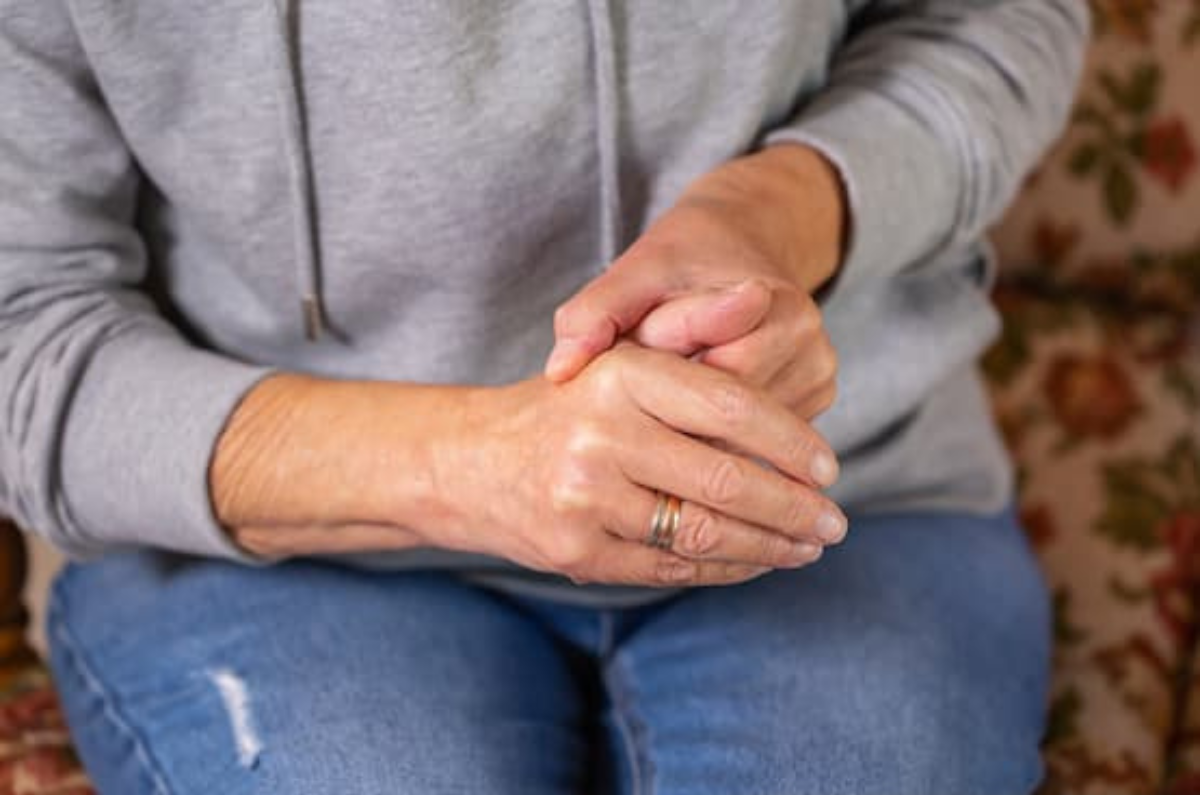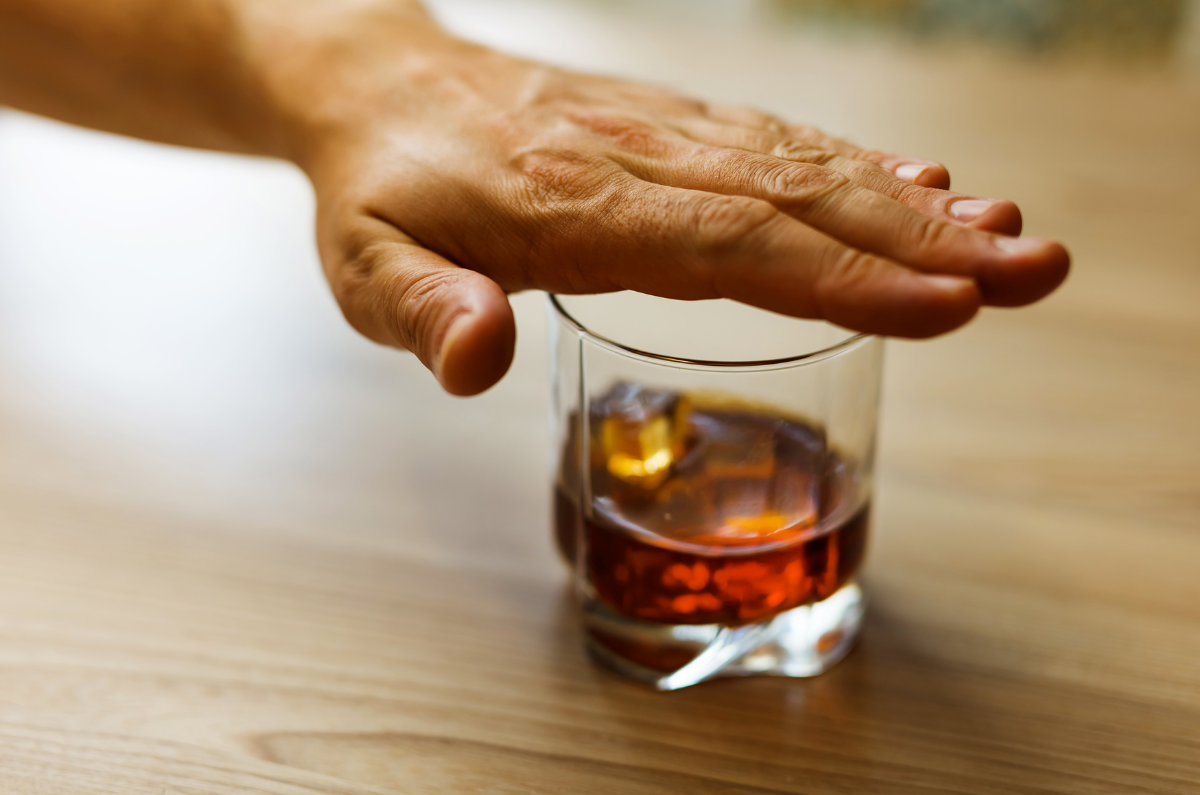Did you know that back pain is the leading cause of disability in the world? (1) In 2017-2018, 1 in 6 Aussies reported having back pain – that’s almost 4 million people.(2) And these stats don’t take into account people who have back pain caused by conditions such as osteoporosis.
With so many people affected by back pain, it’s likely that you’ve experienced back pain or you know someone who lives with back pain. Or both.
So it’s crazy to think that people with back pain are still having to deal with disbelief or suspicion about the reality or extent of their pain and the impact it has on their lives.
We saw this reflected in the responses we received to our 2020 national survey from people with back pain. We also saw it played out recently in the media, with the then Victorian Premier, Dan Andrews, having to ‘legitimatise’ his back injury and the time he was taking to recover.
Why is this? Why is there so much stigma attached to back pain and back injuries?
Well, for one thing, like most musculoskeletal conditions, back pain is invisible. And it can seem to come and go for no particular reason. For someone who’s never experienced back pain, it may seem like a convenient excuse to get out of work or to receive sympathy. This is untrue and unfair.
It’s time to shine a light on the very real issue of back pain.
How your back works
To understand back pain, it helps to have a basic understanding of the structure of your back. It’s an amazing feat of engineering that provides support for your whole body.
The spine is made up of bones (vertebrae) stacked together to form a loose ‘S’-shaped column.
Each vertebra is cushioned by spongy tissue called intervertebral discs. They act as shock absorbers and give your spine its flexibility. Pairs of small joints (facet joints) connect vertebrae to one another. Ligaments, tendons and muscles, provide further support to your spine and help protect it from injury.
Your spinal cord runs through the centre of the vertebral column and connects your brain to the rest of your body.
Why do people get back pain?
The cause of back pain is not always clear. The good news is that most people with back pain don’t have any significant damage to their spine. The pain comes from the muscles, ligaments and joints.
Causes of back pain include:
- non-specific back pain – this is the most common type of back pain. It has no ‘specific’ cause, such as a disease or infection.
- arthritis – osteoarthritis and ankylosing spondylitis are two types of arthritis linked to back pain.
- osteoporosis – is a condition where bones lose density and strength. Vertebrae can become so porous and brittle that they break easily, causing pain.
- stress – a side effect of stress is increased muscle tension. This can lead to fatigue, stiffness and pain.
- sciatica – is a painful condition that develops when the nerve that runs from the lower back into the leg is compressed or squeezed.
- lifestyle factors – such as lack of exercise, obesity, lack of sleep and smoking can cause back pain.
- accidents – including car accidents, workplace injuries, falls, sports injuries – can damage your back, leading to back pain, which may be acute (only lasting for a short time) or chronic (lasting for more than three months).
Diagnosing back pain
Because most people with back pain have no underlying condition or damage to their back, diagnosing will involve lots of talking with your doctor. Together you’ll discuss your back pain, including potential causes or triggers, if you’ve had back pain before, things that make your pain worse, things that make it better. Your doctor will then check out your back to see if there are any obvious causes or issues.
Your doctor may also refer you for some tests, especially if they think there may be a more serious cause for your back pain.
However, imaging (e.g. x-rays, CT or MRI scans) isn’t useful or recommended in most cases of back pain. Scans may seem like a reassuring thing to do so we can rule out anything scary. But unnecessary tests can be expensive, and some involve exposure to radiation that should be avoided unless absolutely essential.
A thorough examination by your doctor will decide whether more investigations are appropriate or helpful in developing a treatment plan that’s right for you.
It‘s also important to know that many investigations show ‘changes’ to your spine that are likely to represent the normal passage of time, not damage to your spine.
For more information about questions to ask your doctor before you get any test, treatment or procedure, visit the Choosing Wisely Australia website.
Managing back pain
Most cases of back pain get better on their own, and you won’t need to see a doctor. The following tips may help relieve your symptoms and speed up your recovery.
- Understand your back pain. What makes it better, what makes it worse? Knowing as much as possible about your condition means that you can make informed decisions about your healthcare and play an active role in managing your condition. And remember, the good news is that most back pain isn’t caused by anything serious. It’s painful, but it will get better.
- Rest your back (temporarily). Avoid strenuous activity but where possible, continue light activity (e.g. walking). Bed rest for more than a day or two isn’t helpful and will worsen your back pain.
- Get back to your normal activities. Try to be as active as possible and get on with your day-to-day life, including work and exercise. If you’re returning to heavy manual jobs, this may take longer.
- Move. Don’t stand or sit in the same position for too long. Get up and stretch, go for a walk, move about. There’s a reason physios say ‘motion is lotion’. Moving keeps your joints and soft tissues more flexible and less painful.
- Learn ways to manage pain. There are so many strategies you can use to deal with your pain. Knowing what works best for you is essential when living with back pain. Read our A-Z guide to managing pain for tips and techniques you can use to relieve your pain. And check out the More to Explore section below for links to great videos on managing pain using your brain.
- Try to manage emotions such as stress, anxiety and frustration. While it’s completely natural to feel these things when you’re in pain, they can actually make your pain worse. That’s because pain involves your perceptions, feelings and thoughts. The worse you think your pain will be, the worse it feels. This can become a vicious cycle. Talking with a family member or a close friend, or a health professional about how you’re feeling means you can start dealing with these feelings and break this cycle. Strategies such as breathing exercises, meditation, massage, heat, cognitive behavioural therapy (CBT) and gentle activity like tai chi may also help you keep your stress and anxiety under control.
- Apply heat and cold therapy. Hot and cold packs applied to the area of pain may help relieve pain temporarily. Make sure you protect your skin from the heat or cold (e.g. wrap your ice pack in a tea towel). Only leave on the affected area for a maximum of 10 to 15 minutes then allow the skin temperature to return to normal before reapplying as needed.
- Eat a healthy diet and manage your weight.
- Get a good night’s sleep. Not getting enough good quality sleep can have an impact on your back pain. Read this article by The Sleep Foundation to find out ways you can sleep better with back pain.
- Quit smoking.
- Medications may help in the short term to get your back pain under control. Your doctor may prescribe a short course for you, or you may purchase some meds and/or liniments over-the-counter. Talk with your doctor or pharmacist for more info.
- Seek advice. If you’re concerned your back pain isn’t improving, make an appointment to discuss it with your doctor so you can develop a plan tailored to meeting your specific needs and goals.
What about surgery?
In most cases, the evidence doesn’t support the use of surgery to treat chronic back pain. Most people can manage their back pain with education, exercise and making lifestyle changes.
If your doctor suggests back surgery as an option, ask questions so you can make an informed choice. Choosing Wisely Australia has 5 questions to ask your doctor or healthcare provider to help you get started.
Final words
Back pain is a significant issue for so many Australians. But the good news is that it’s rarely caused by anything serious. And there are lots of things you can do to manage it, so you can get on with living your best life.
Contact our free national Help Line
If you have questions about managing your pain, your musculoskeletal condition, treatment options, mental health issues, COVID-19, telehealth, or accessing services be sure to call our nurses. They’re available Monday to Thursday between 9am-5pm on 1800 263 265 or email (helpline@msk.org.au) or via Messenger.
More to explore
- Watch our videos on pain, your brain and how you can retrain your pain system.
- Making sense of disabling back pain – Prof Peter O’Sullivan 2022
- Pain, the brain and your amazing protectometer – Lorimer Moseley, 2018
- Treating pain using the brain – David Butler, 2015
- 15 things you didn’t know about back pain
Irish Independent, 2015 - Back problems
Australian Institute of Health and Welfare, 2020 - How to sleep with lower back pain
Sleep Foundation, 2020 - Low back pain
painHEALTH, updated 2020 - OrthoInfo – American Academy of Orthopedic Surgeons
A series of consumer articles and videos on various topics and conditions to do with the back. Simply select ‘Body part’ then ‘Back’ under ‘By ‘Category’ in the filter on the left side. - What should I know about back pain?
Versus Arthritis
References
(1) Musculoskeletal conditions
World Health Organization, 2021
(2) Back problems
Australian Institute of Health and Welfare, 2020
























